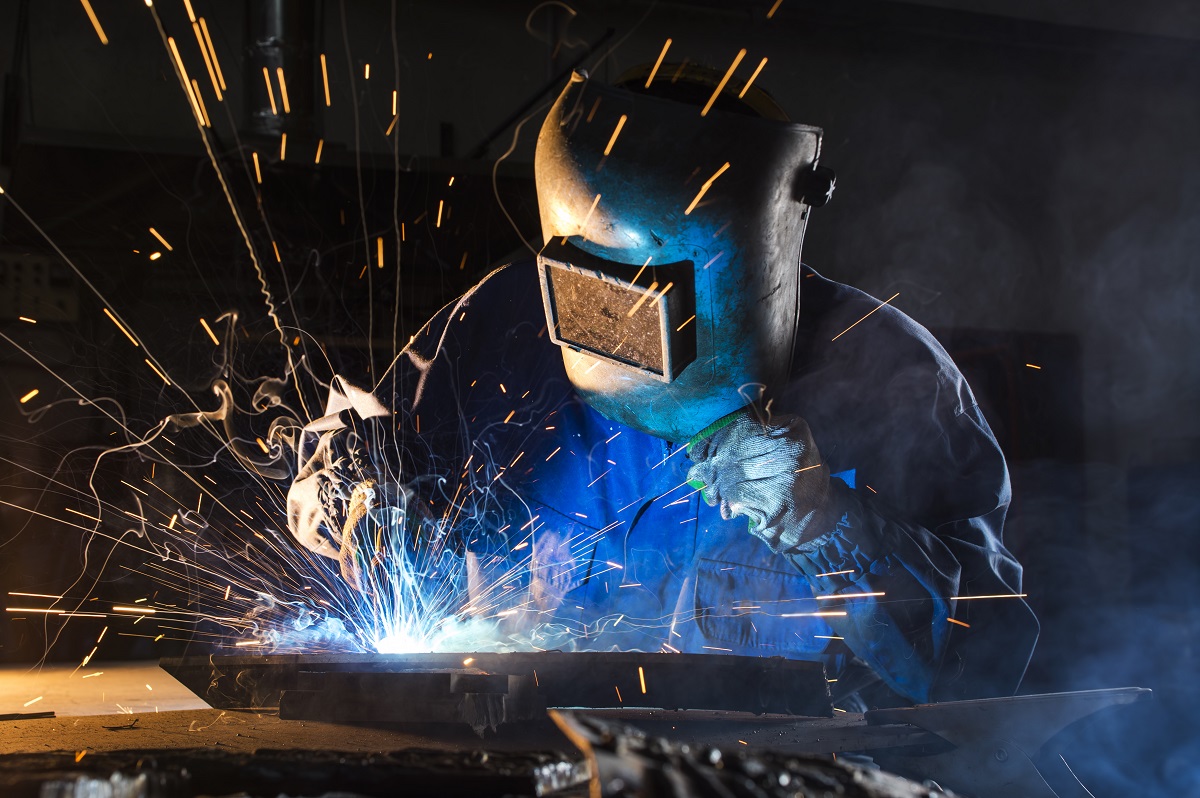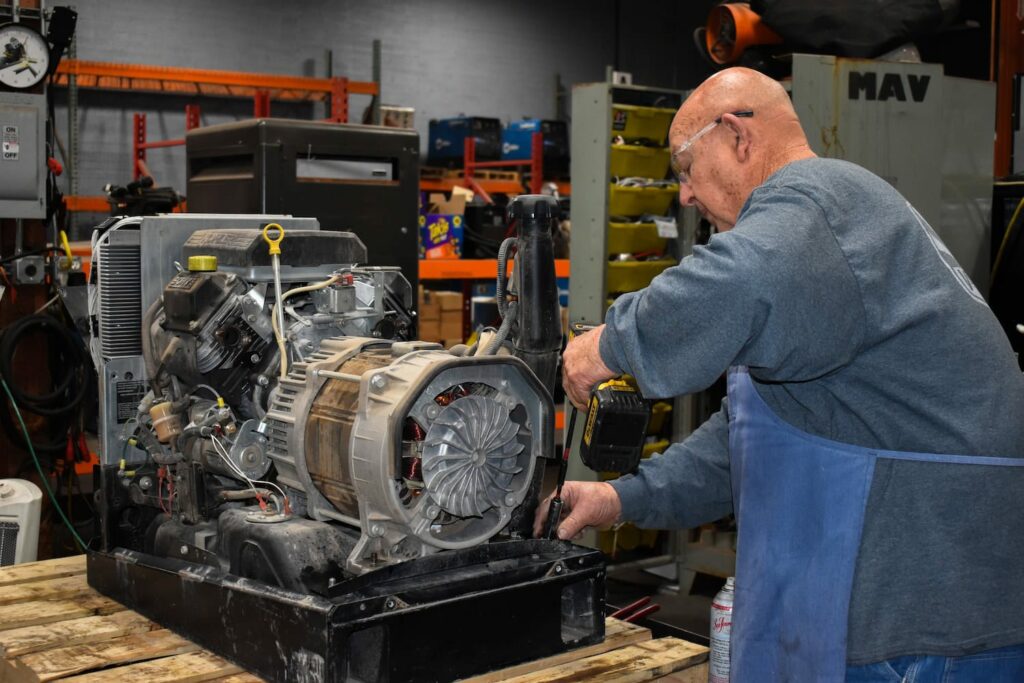Typical Welding Repair Service Issues and Just How to Address Them Successfully
Welding repairs frequently experience an array of issues that can jeopardize the honesty of the end product. Typical troubles include insufficient infiltration, porosity, and misalignment, to name a few. Each issue presents distinct difficulties that call for particular methods for resolution. Understanding these concerns is essential for welders aiming to enhance their skills and results. This conversation will discover these typical welding fixing problems and efficient approaches to address them.
Insufficient Penetration
Inadequate infiltration happens when the weld steel stops working to totally fuse with the base product, resulting in weak joints and prospective architectural failures. This issue commonly comes from inadequate warm input, incorrect electrode angle, or improper welding rate. Welders might encounter inadequate infiltration as a result of a miscalculation of the essential parameters for a particular product thickness or kind. In addition, contamination on the base product's surface can impede effective bonding, exacerbating the problem. To deal with insufficient penetration, welders must assure ideal settings on their tools and preserve a tidy job surface area. Regular examination of welds is recommended to recognize any type of shortages early, permitting prompt corrections and the avoidance of compromised architectural honesty in welded assemblies.
Porosity
Porosity is a typical problem in welded joints that manifests as little gas bubbles entraped within the weld metal. This defect can jeopardize the honesty of the weld, causing minimized toughness and potential failure under stress. Montana Mobile Welding and Repair. Porosity generally emerges from contamination, dampness, or improper welding techniques, which allow gases to run away into the molten weld pool. To address porosity, welders should assure correct surface prep work, keep a tidy working atmosphere, and use suitable welding parameters. In addition, picking the right filler material and shielding gas can mitigate gas entrapment. Regular evaluation and screening of welds can assist determine porosity early, ensuring prompt rehabilitative actions are taken, therefore protecting the high quality and dependability of the welded framework
Imbalance
Imbalance in welding can develop from numerous variables, including incorrect arrangement and thermal growth. Recognizing the source is necessary for reliable resolution. Numerous adjustment techniques are offered to straighten parts and ensure structural honesty.
Sources of Misalignment
Welding misalignment frequently stems from a range of underlying issues that can jeopardize structural honesty. One main cause is inappropriate fit-up of elements before welding, which can result in gaps and unequal surface areas. Variants in thermal expansion during the welding process can likewise result in distortion, specifically if the products being signed up with have different coefficients of growth. Furthermore, insufficient fixturing and securing may fall short to hold elements firmly in place, resulting in movement throughout welding. Badly maintained tools, including welding equipments and tools, might introduce inconsistencies in the weld bead, further adding to misalignment. Driver mistake, stemming from inadequate training or experience, can likewise play a substantial role in developing misaligned welds.

Modification Techniques Offered
Attending to imbalance effectively needs a combination of rehabilitative methods customized to the details issues available. One usual technique is the usage of jigs or fixtures to hold parts in the proper setting during welding, making sure regular positioning. Additionally, preheating the materials can help in reducing distortion and boost fit-up. For substantial misalignment, mechanical adjustment methods, such as using hydraulic jacks or clamps, can be used to deal with the setting before welding. Post-weld warmth therapy might likewise be necessary to ease anxieties brought on by misalignment. Mindful inspection and adjustment during the configuration phase can protect against imbalance concerns from becoming substantial problems, promoting a smoother welding procedure and improving overall structural honesty.
Distortion
Distortion is a typical challenge in welding that can occur from different aspects, including unequal cooling and heating. Recognizing the sources of distortion is important for implementing efficient avoidance techniques. Resolving this concern not just enhances architectural honesty however additionally enhances the overall high quality of the weld.
Causes of Distortion
When based on the extreme heat of welding, products typically go through modifications that can bring about distortion. This phenomenon mainly occurs from thermal expansion and contraction throughout the welding procedure. As the weld area warms up, the product increases; upon air conditioning, it acquires, which can create internal stress and anxieties. In enhancement, unequal home heating across a workpiece can aggravate these stress and anxieties, resulting in warping or bending. The type of product likewise plays a substantial role; metals with varying thermal conductivity and coefficients of development might respond in a different way, causing unpredictable distortions. Additionally, poor joint design and insufficient fixturing can contribute to imbalance during welding, boosting the probability of distortion. Comprehending these reasons is crucial for efficient welding repair service and avoidance methods.
Prevention Techniques
Effective prevention techniques for go to the website distortion throughout welding focus on controlling warmth input and guaranteeing correct joint style. Preserving a regular heat input assists to lessen thermal growth and tightening, which can bring about distortion. Utilizing methods such as pre-heating the workpiece can also lower the temperature slope, promoting consistent home heating. Additionally, choosing proper joint layouts, such as T-joints or lap joints, can improve stability and decrease stress and anxiety concentrations. Executing proper fixturing to protect the workpieces in position even more help in preserving positioning during the welding procedure. Lastly, staggered welding sequences can distribute heat extra uniformly, avoiding localized distortion. By using these approaches, welders can substantially lower the likelihood of distortion and improve the overall top quality of their welds.
Breaking
Fracturing is a common concern experienced in welding fixings, frequently arising from different elements such as inappropriate air conditioning prices, product choice, or inadequate joint prep work. The occurrence of cracks can greatly compromise the integrity of the weld, resulting in prospective failings throughout operation. To resolve this concern, welders should initially evaluate the origin, making certain that products are compatible and appropriately chosen for the certain application. Furthermore, regulating the air conditioning rate throughout the welding process is vital; quick air conditioning can induce stress and bring about splitting. Appropriate joint layout and preparation also add to reducing the danger. Executing these techniques can enhance weld high quality and resilience, eventually decreasing the chance of fracturing in finished weldments.

Insufficient Fusion
A substantial concern in welding repair services is incomplete fusion, which takes place visit the website when the weld metal does not properly bond with the base material or previous weld passes - Fabrication. This defect can result in weak points in the joint, potentially endangering the honesty of the welded structure. Variables adding to insufficient blend include not enough warm input, improper welding method, and contamination of the surfaces being signed up with. To address this problem effectively, welders ought to guarantee proper pre-weld cleansing and surface prep work, along with change their welding criteria to accomplish adequate infiltration and fusion. Routine evaluation throughout the welding process can additionally help recognize incomplete combination early, allowing for timely restorative actions to improve the total quality of the weld
Overheating
While welding repairs can enhance structural integrity, overheating provides a substantial obstacle that can cause material degradation. Excessive warm during welding can alter the mechanical residential properties of steels, resulting in lowered toughness, enhanced brittleness, and warping. This phenomenon is especially essential in high-stress applications where architectural reliability is vital. Recognizing getting too hot can involve aesthetic evaluations for staining or distortion, as well as checking temperature level during the welding process. To minimize the dangers related to getting too hot, welders should utilize suitable methods, such as regulating warmth input, readjusting travel speed, and using ideal filler products. Additionally, implementing pre- and post-weld heat treatments can assist recover product residential or commercial properties and enhance the overall quality of the repair work, ensuring long-term performance and safety and security.
Often Asked Questions
What Are the Common Indications of a Welding Problem?

How Can I Evaluate My Welds for Quality?
To test welds for top quality, one can use aesthetic assessments, ultrasonic testing, and radiographic techniques. Each method guarantees architectural honesty, identifies issues, and confirms adherence to defined requirements, inevitably improving the dependability of the welded joints.
What Security Safety Measures Should I Take While Welding?
When welding, one should prioritize safety and security by wearing appropriate individual safety tools, making sure proper ventilation, protecting combustible materials away, maintaining a clean work area, and recognizing surroundings to avoid injuries and crashes.
Can I Repair a Weld Without Renovating the Entire Joint?
Repairing a weld without renovating the whole joint is feasible, depending upon the damage (Montana Mobile Welding and Repair). Techniques such as grinding, adding filler material, or making use of a welding procedure can effectively attend to particular imperfections while preserving the surrounding structure
What Tools Are Necessary for Effective Welding Services?
Crucial devices for reliable welding fixings consist of a welding maker, wire brush, mill, protective gear, clamps, and filler products. Each device plays a crucial function in ensuring Look At This high quality and security during the repair service process. Porosity typically develops from contamination, wetness, or improper welding techniques, which allow gases to get away into the molten weld pool. Inadequately kept devices, including welding devices and tools, might present inconsistencies in the weld grain, more adding to imbalance. When subjected to the extreme warmth of welding, products frequently undergo adjustments that can lead to distortion. Breaking is a typical concern experienced in welding repair work, frequently resulting from numerous factors such as improper cooling prices, product choice, or inadequate joint preparation. A substantial problem in welding repairs is incomplete blend, which takes place when the weld metal does not effectively bond with the base product or previous weld passes.